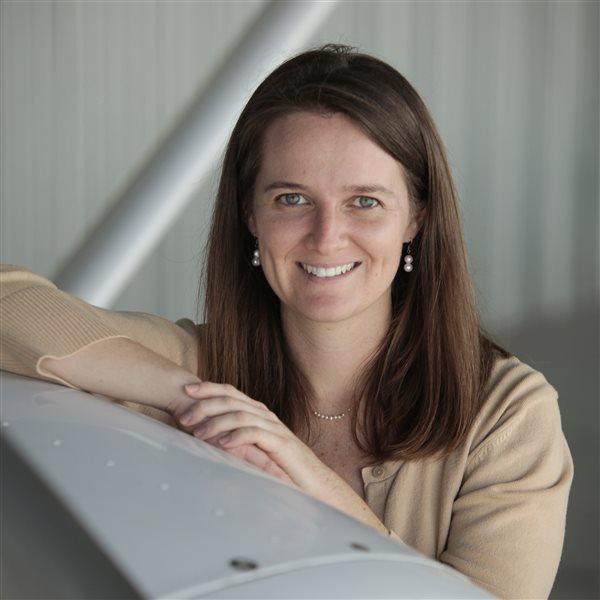You have a voice, use it
<BR cmid="Article:Two Deck"><SPAN class=twodeck cmid="Article:Two Deck">Pilots can influence shape of Class B airspace</SPAN>
Pilots have the chance to shape the new look of Class B airspace—an opportunity anyone who flies in or near those areas would be remiss to disregard, especially now when at least 14 locations will be up for review.
Whether proposed changes are large or small, modifications always have the potential for unintended consequences. But the FAA won’t know how its proposed changes would affect pilots or airports unless those who fly in the area speak up.
“The FAA can't overemphasize the importance of user participation in the rulemaking process for airspace modifications,” agency officials told AOPA. “We are genuinely interested in knowing how the proposed airspace would affect your operations and your suggestions for improving the proposal.”
A change like lowering the floor of part of the Class B airspace over Atlanta might seem minor to the FAA, but it has a big impact on the busy GA airport beneath it, DeKalb-Peachtree Airport.
“Every pilot who flies at DeKalb-Peachtree can explain to the FAA why lowering the floor of the Class B airspace over that airport is a bad idea,” said Heidi Williams, AOPA senior director of airspace and modernization. “And that’s why the FAA needed to hear from pilots during the comment period that has closed. They need the insight that locals can provide.”
The agency offers pilots multiple opportunities to provide input throughout the modification process, and AOPA alerts pilots each time one of those public comment periods open.
Before the FAA issues a notice of proposed rulemaking, it conducts informal airspace meetings that are open to the public and accepts written comments that can be submitted online or mailed. This not only allows pilots to learn more about the proposal but also allows them to talk to FAA officials in person and explain exactly how the changes would impact their flying. They can even suggest alternatives to the FAA.
After considering those comments, the FAA decides whether to amend its proposal before issuing the notice of proposed rulemaking. Pilots can then comment on the proposal again. It’s possible to make changes even at this stage in the process—after the user group meetings and public airspace meetings. AOPA and pilots have proven that time and again.
“Pilots need to remember that the FAA manages the airspace for the users,” said Williams. “That’s the airspace you fly in. Speak up and make a difference. Over the next couple of years, you have the opportunity to help shape half of the Class B airspace in the nation.”
1 2 3


